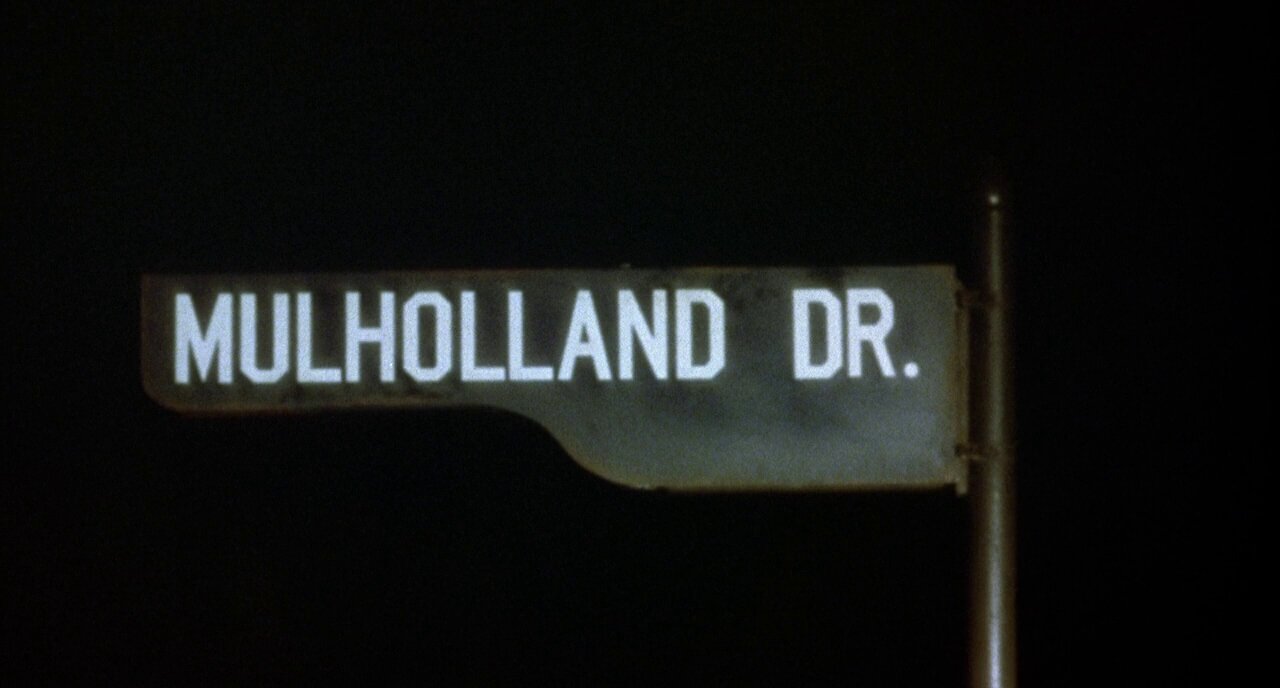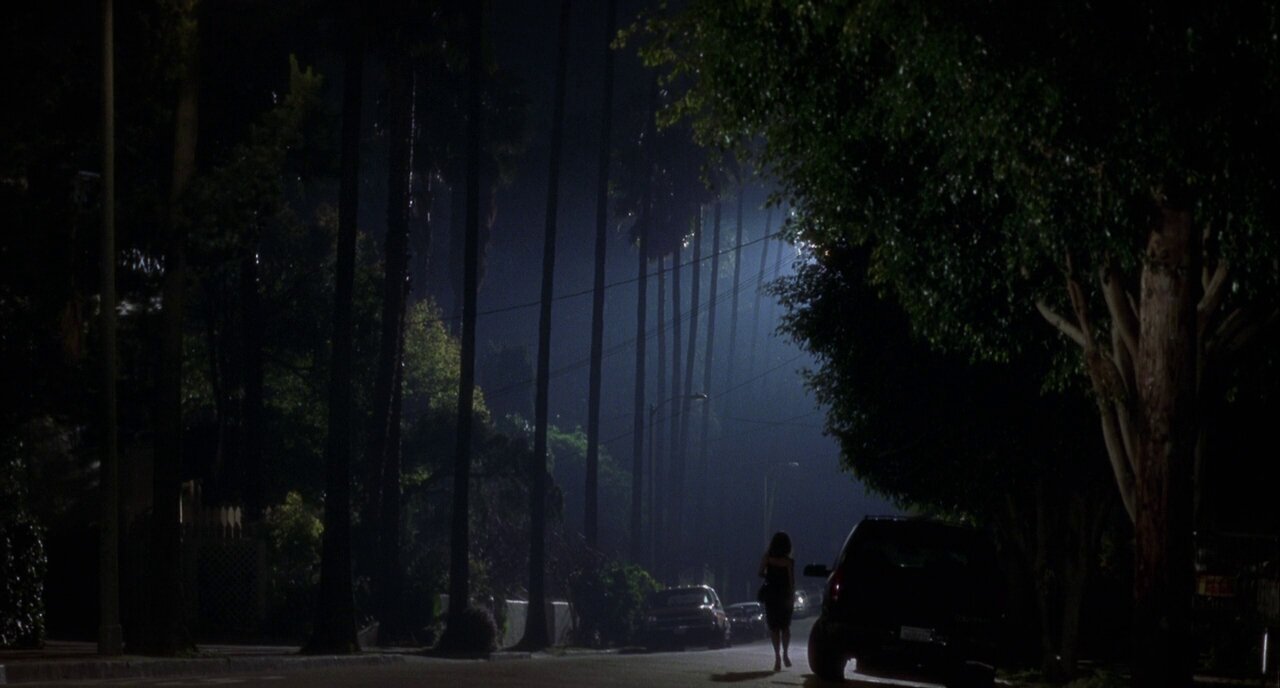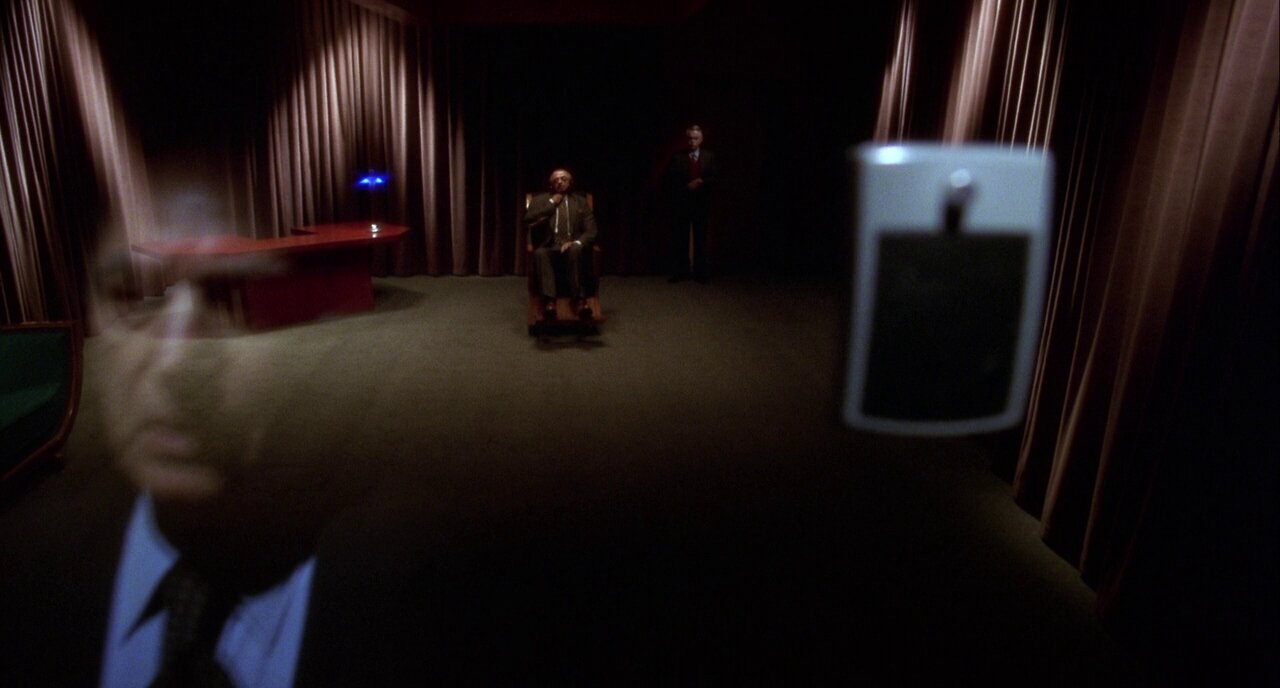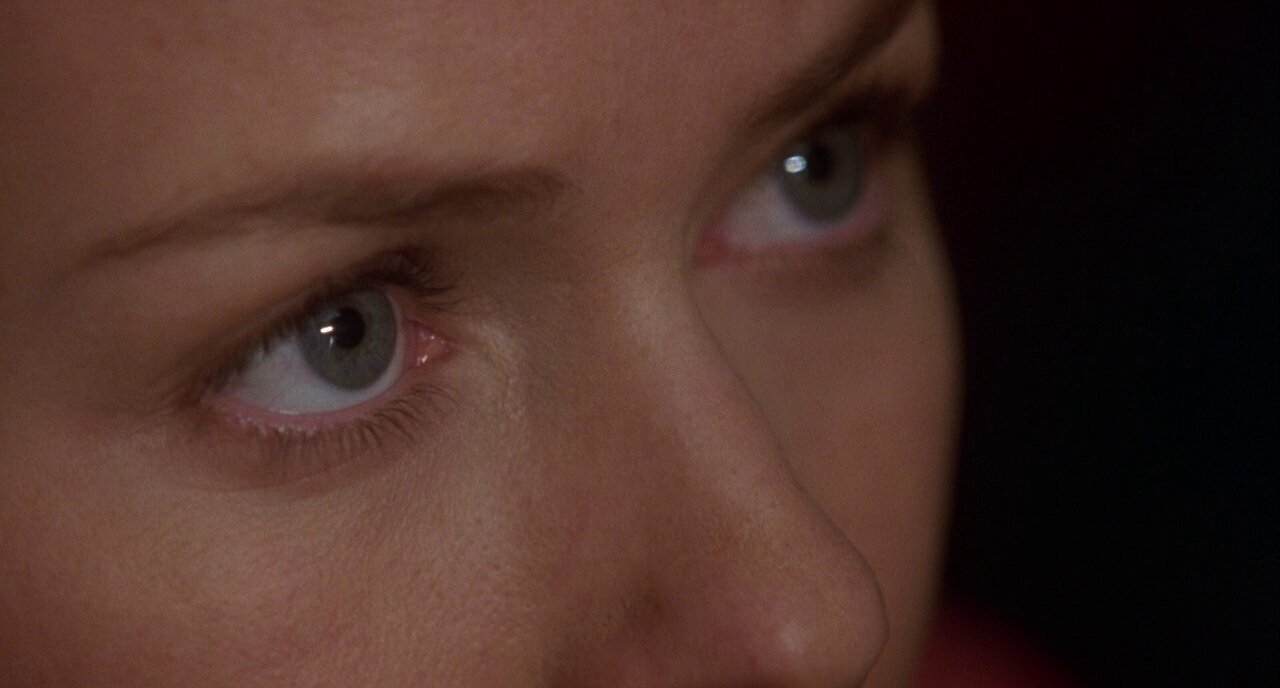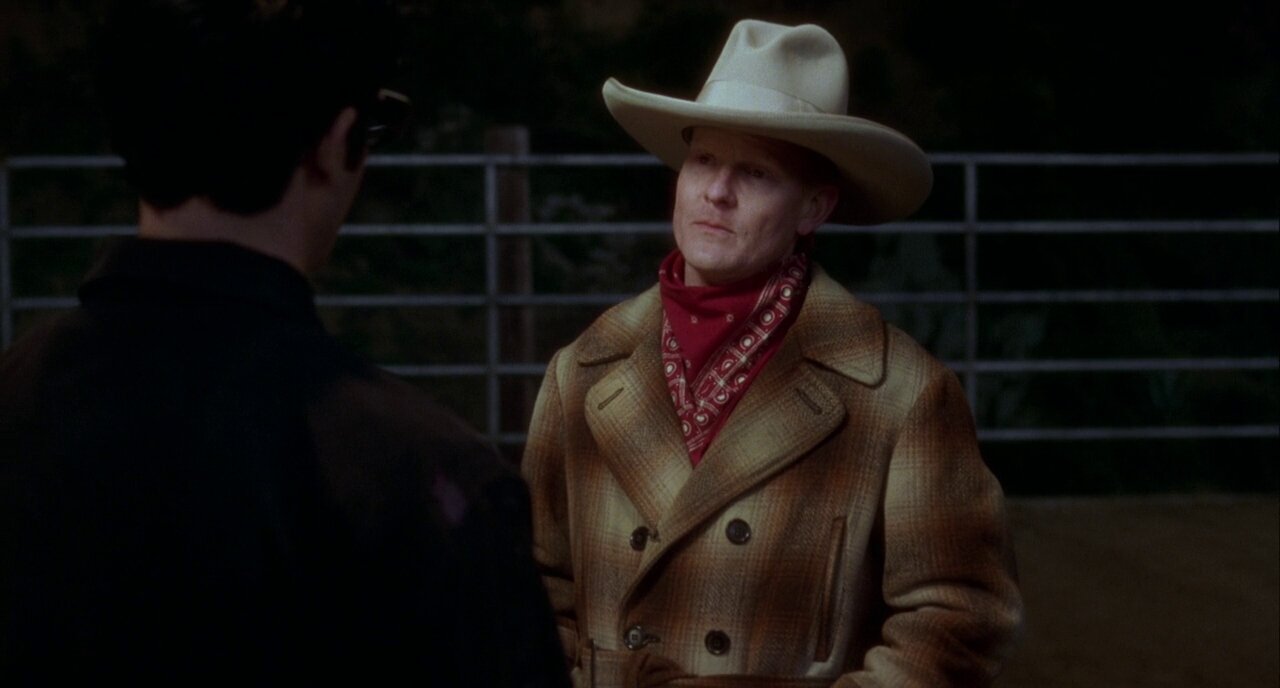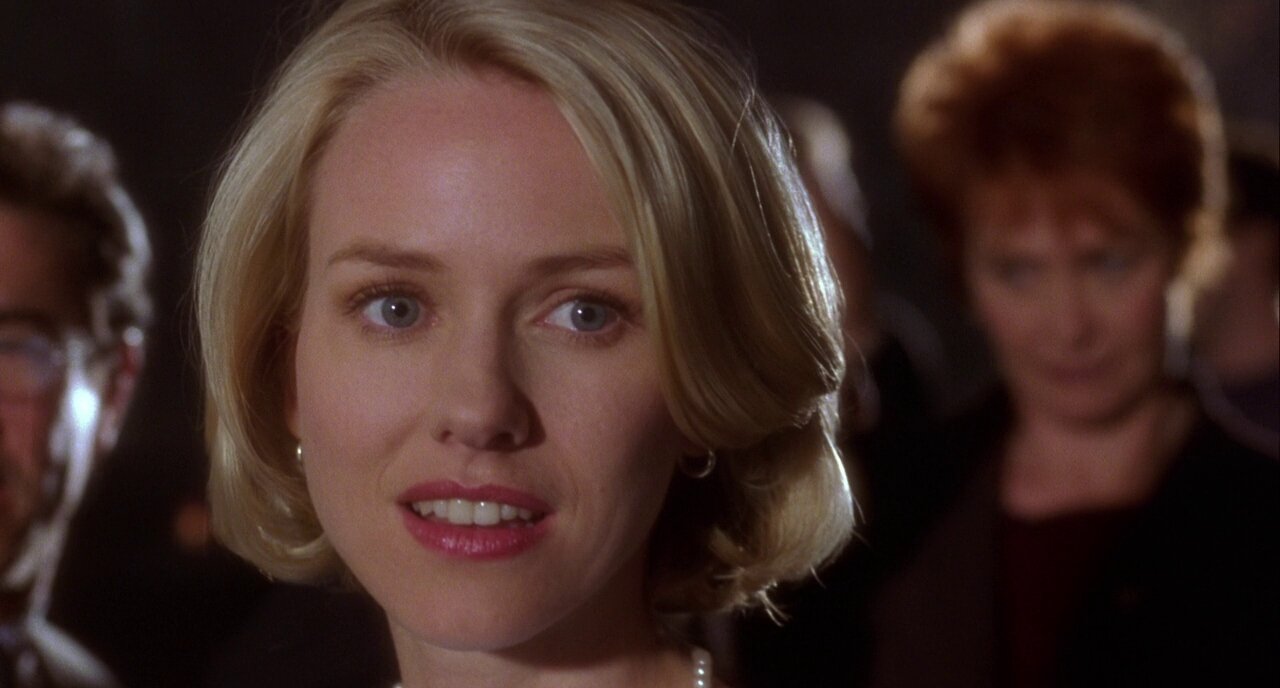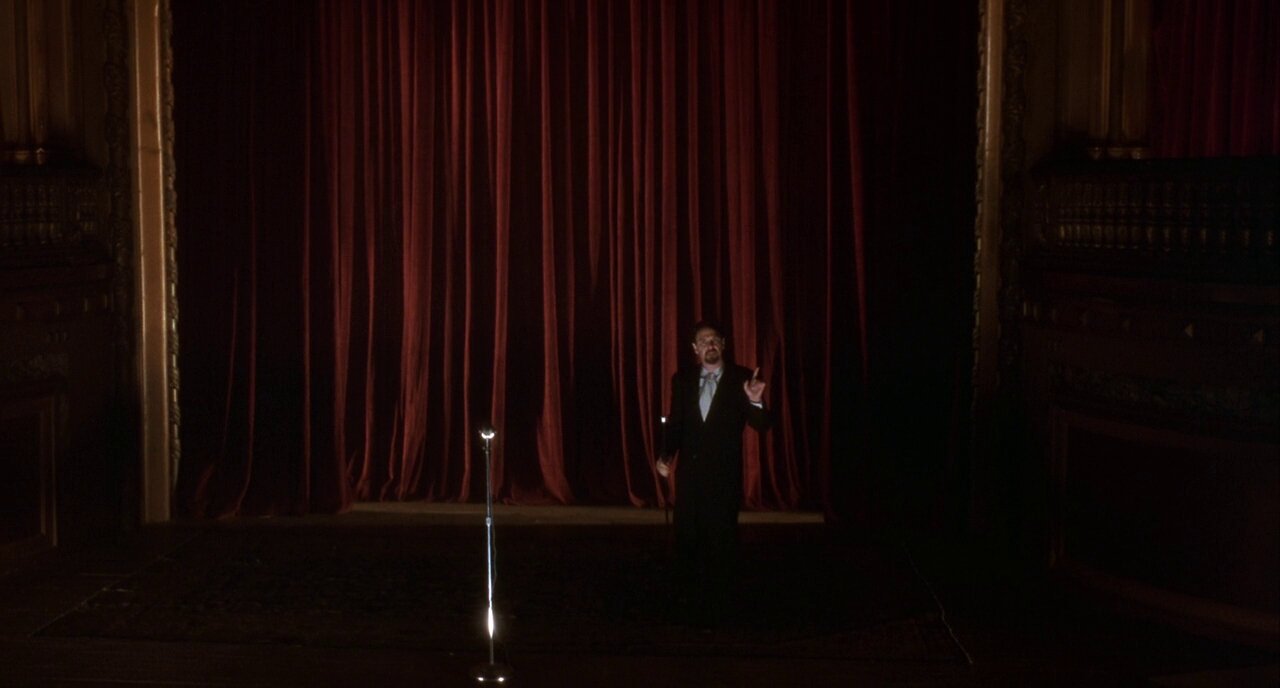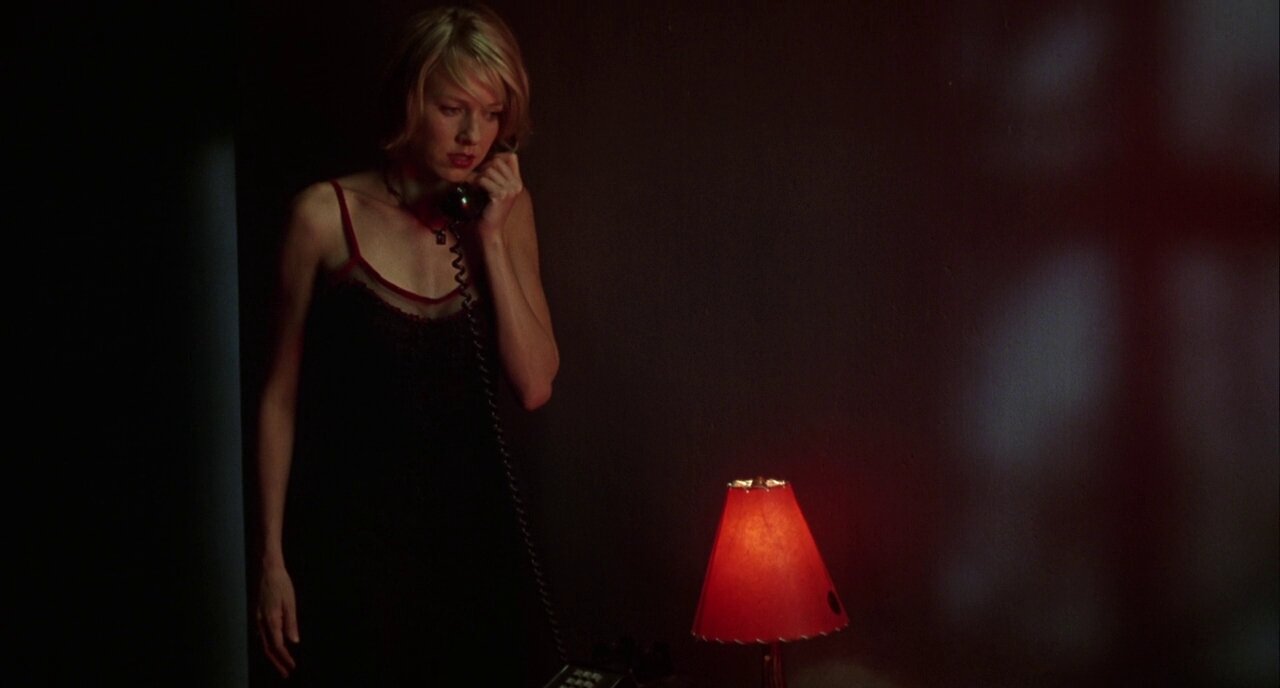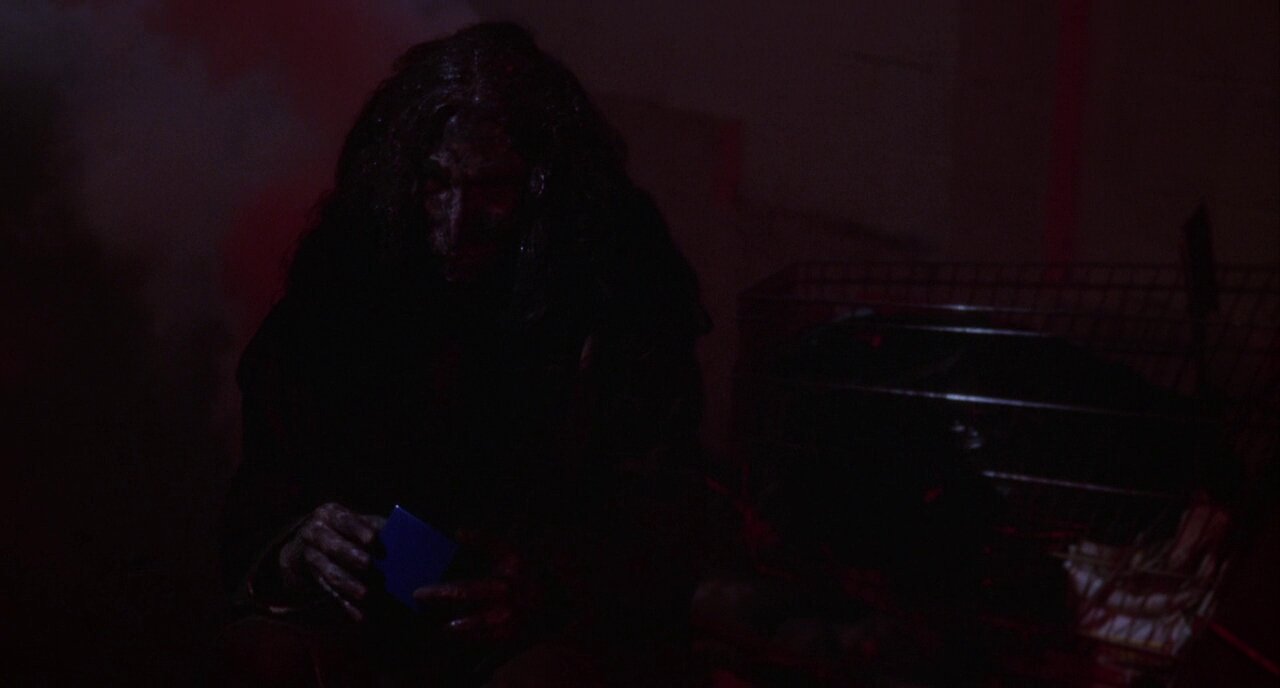Mulholland Drive, directed by David Lynch, screenplay by David Lynch, cinematography by Peter Deming, music by Angelo Badalamenti, and edit by Mary Sweeney.
Chiaroscuro translates to "light-dark" (chiaro: light or clear; oscuro: dark or obscure). In visual art, the term means the use of deep variations in and subtle gradations of light and shadow to create three-dimensional volume on a flat surface. The painter Caravaggio is well-known for his effective use of chiaroscuro through his blending of high contrast and a single focused light source. Where the light focuses your attention on his subjects and storytelling, the deep contrast intensifies the drama of his scenes. Other painters who used chiaroscuro are Leonardo da Vinci, Artemisia Gentileschi, Rembrandt, Johannes Vermeer, and Francisco Goya.
In film, the chiaroscuro technique can enrich a film's visual narrative and emotional depth. When we consider German Expressionism and Film Noir—for example, F.W. Murnau's Nosferatu and Orson Welles' Touch of Evil, respectively—we see how the technique creates specific moods and engages us into the atmosphere and drama of a scene. Time-travel to Francis Ford Coppola's The Godfather and David Lynch's Mulholland Drive, we realize the chiaroscuro technique is a timeless tool for filmmakers and cinematic storytelling. David Lynch especially utilizes the technique to great effect. By emphasizing the interplay of light and shadow, Lynch interjects a sense of mystery into his films while at the same time heightening our sense of reality in his visual narratives.
